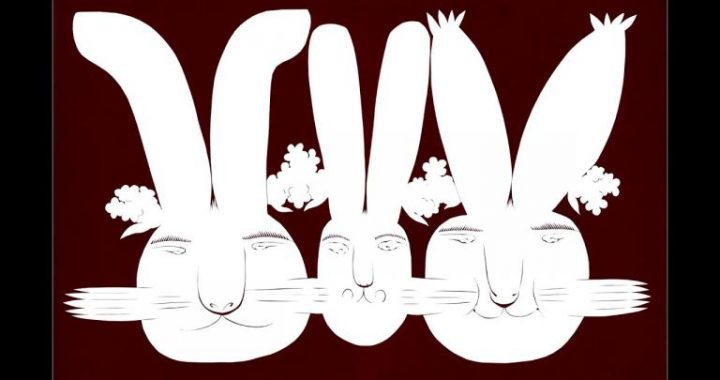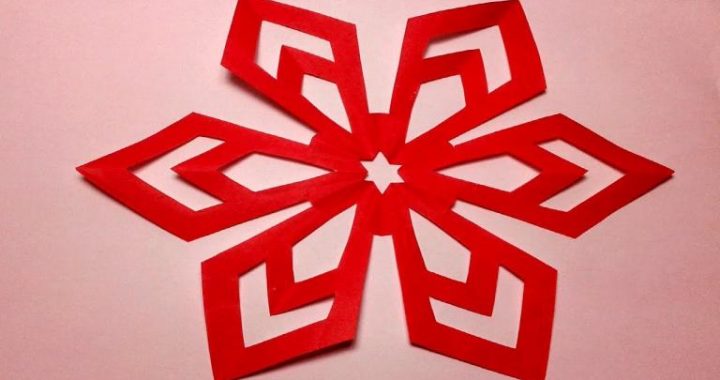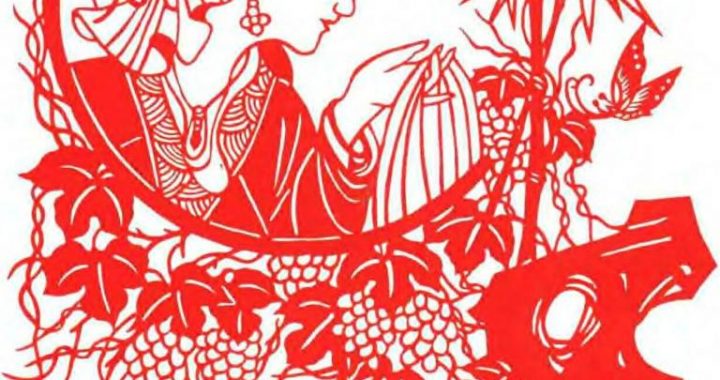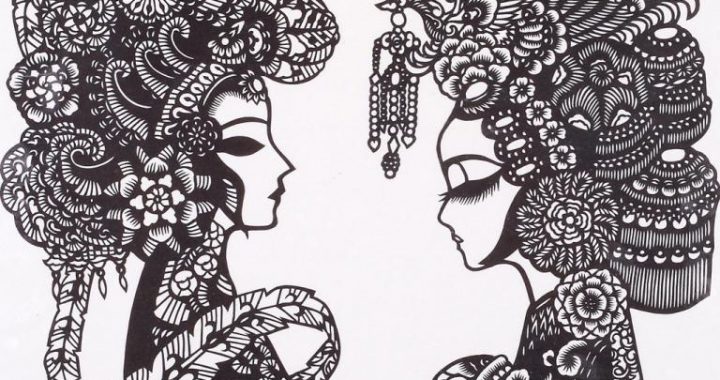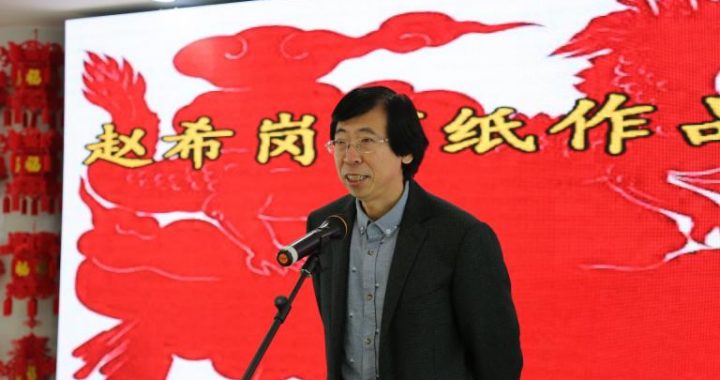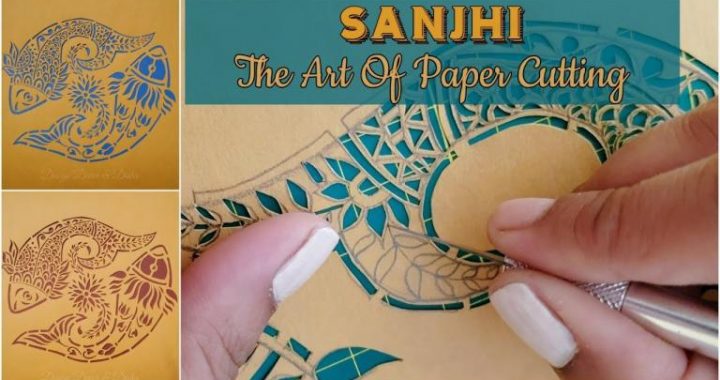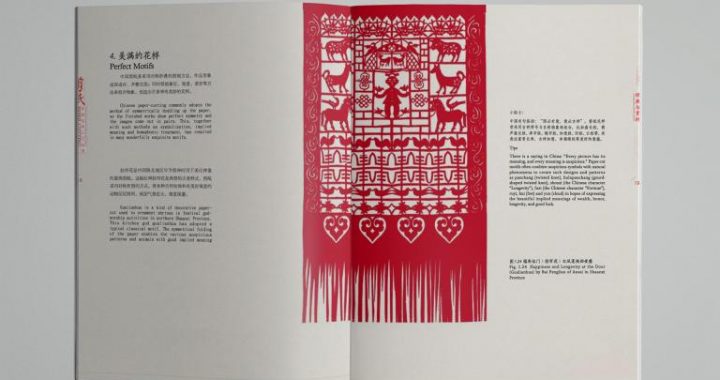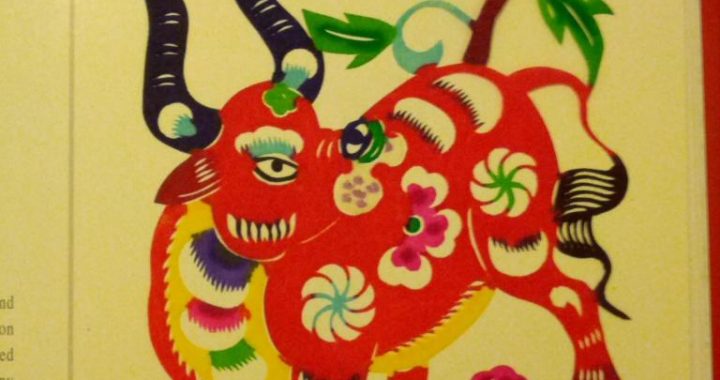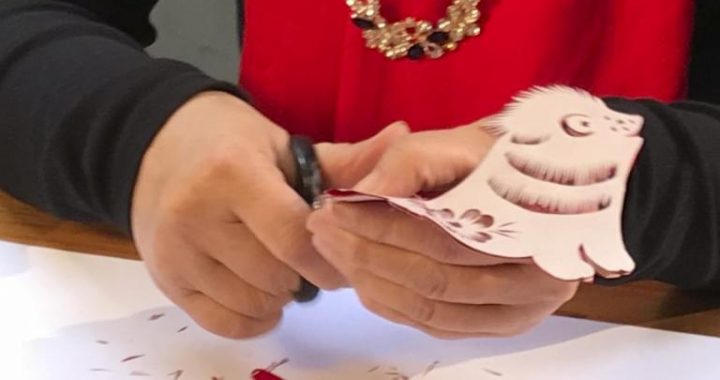Embroidery Art
4 min readThe Four Famous Embroideries of China refer to the Su embroidery in eastern China’s Jiangsu Province, Xiang embroidery in central China’s Hunan Province, Shu embroidery in western China’s Sichuan Province and Yue embroidery in southern China’s Guangdong Province.
Su Embroidery
With a history of more than 2,000 years, Suembroidery(see picture 19-3) is the generalname for embroidery products in areas around Suzhou, Jiangsu Province. The craft, which dates back to the Three Kingdoms Period, became a sideline of people in the Suzhou area during the Ming Dynasty when almost every family kept silkworms and did silk embroidery.
Well known for its smoothness and delicateness,Su embroidery won Suzhou the title City of Embroidery in the Qing Dynasty.In the mid and late Qing,Su embroidery experienced further developments with the invention of double-sided embroidering.There were as many as 65 embroidery stores in Suzhou City at that time.During the Republic of China period,the Su embroidery industry was in decline due to frequent wars and it was restored and regenerated after the founding of new China.In 19 50,the central government set up research centers for Suembroidery and launched training courses for the study of embroidery.Stitching methods have developed from 18 to the present 40 kinds.
Su embroidery features a strong folk flavor and its needling techniques are characterizedby the following:the product surface must be flat,the rim must be neat,the needle must be thin, the lines must be dense, the color must be harmonious and bright and the picture must be even. Su embroidery products fall into three major categories: costumes, decorations for halls and crafts for daily use, which integrate both decorative and practical values. Double-sided embroidery is an excellent representative of Su embroidery.
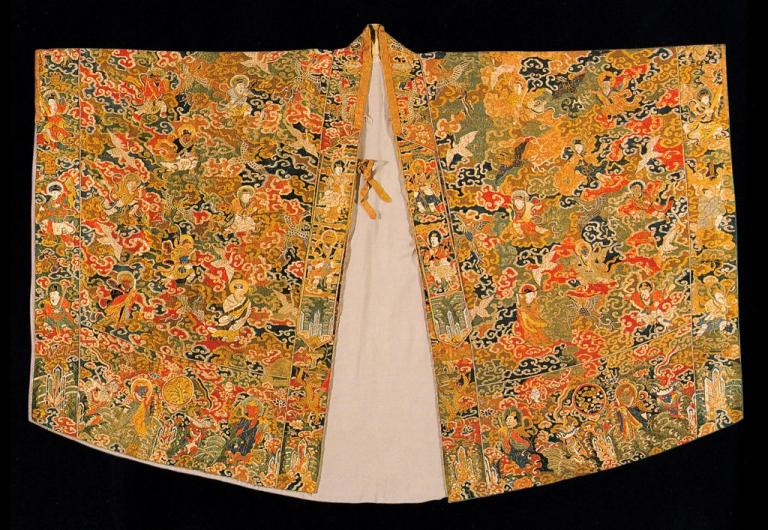
Xiang Embroidery
Xiang embroidery is well known for its time-honored history, excellent craftsmanship and unique style. The earliest piece of Xiang embroidery was unearthed at the No.1Tomb of Mawangdui, Changsha City of the Han Dynasty. The stitching technique was almost the same as the one used in modern times, which demonstrated that embroidery had already existed in the Han Dynasty.
In its later development, Xiang Embroidery absorbed the characteristics of traditional Chinese paintings and formed its own unique characteristics. Xiang embroidery experiencedits heyday at the end of the Qing Dynasty and in the early Republic of China (early 20th century), even surpassing Su embroidery. After the founding of the People’s Republic of China, Xiang embroidery was further improved and developed to a new level.
Xiang embroidery uses pure silk, hard satin, soft satin and nylon as its material, combined with colorful silk and wool threads. Absorbing the spirit of Chinese paintings, the embroidery reaches a high artistic level. Xiang embroidery crafts include valuable works of art, as wellas articles for daily use.
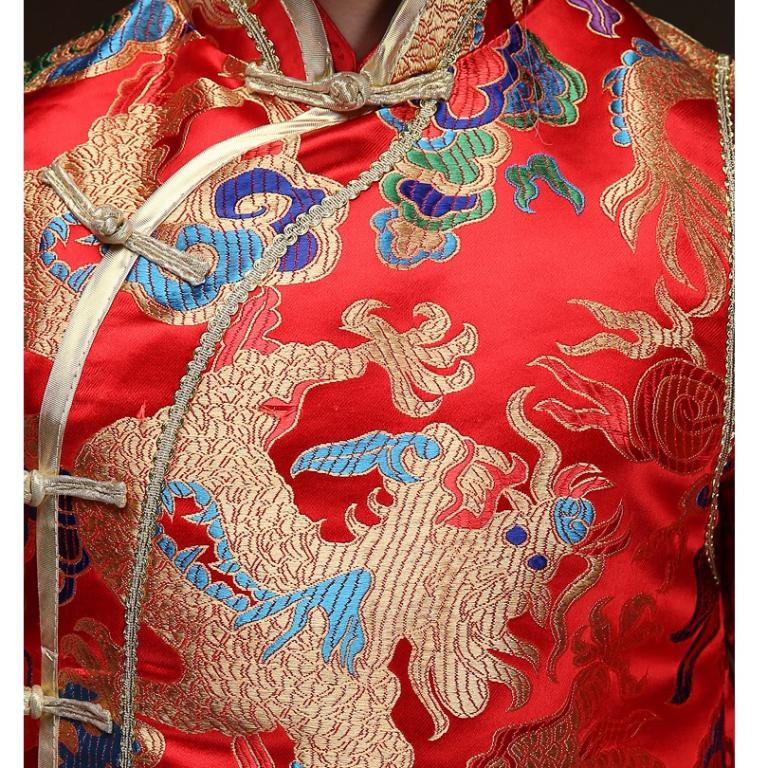
Shu Embroidery
Shu embroidery , also called Chuan embroidery, is the general name for embroidery products in areas around Chengdu, Sichuan Province. Shu embroidery enjoysa long history, too. As early as the Han Dynasty, Shuembroidery was already famous. The central government even designated an office in this area for its administration. During the Five Dynasties and Ten States periods,a peaceful society and large demand helped the rapid development of the Shu embroidery industry.
Shu embroidery experienced its peak development in the Song Dynasty, ranking firstin both production and excellence. In the mid-Qing Dynasty, the Shu embroidery industry was formed. Afterthe founding of the People’s Republic of China, Shu embroidery factories were setup and the craft entered a new phase of development, using innovative techniques and a larger variety of forms.
Originated among the folk people in the west of Sichuan Province, Shu embroidery has been influenced by the geographical environment, customs and cultures and has formed its own unique characteristics of being smooth, bright and neat. Altogether, there are122 approaches in 12 categories for stitching. The needling characteristics lie in the even stitches, bright threads, closeness and softness in texture.
The works incorporated flowers, birds, fish, worms and human figures and landscapes, as their themes. Its craftsmanship is a combination of fine arts and practical uses. Its products include quilt facing, pillowcases, clothes, slippers, scrolls, etc.
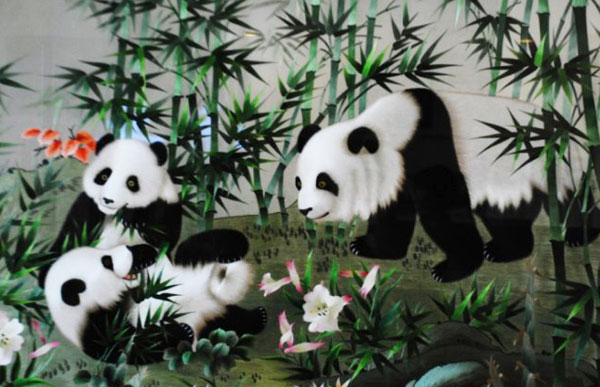
Yue Embroidery
Also called Guang embroidery, Yue embroidery(see picture 19-6) is a general name for embroidery products of the regions of Guangzhou, Chaozhou and Shantou, Zhongshan, Fanyu and Shunde in Guangdong Province. According to historical records, in the first year of Yongzhen’s reign(805) during the Tang Dynasty,a girl named Lu Meiniang in Nanhai County, Guangdong Province embroidered the seven volumes of the Fahua Buddhist Scripture on a piece of thin silk about 30 centimeters long, making Yue embroidery famous all over the country.
The prosperous Guangzhou Port of the Song Dynasty promoted the development of Yue embroidery and its products began to be exported. During the Ming Dynasty, folk embroideryartists employed animal hair as the raw material for Yue embroidery, which made the works more vivid. During Qianlong’s reign of the Qing Dynasty, the first Yue embroidery industrialorganization was established in Guangzhou. At that time,a large number of craftsmen devoted themselves to the craft, inciting further improvements to the stitching technique. Since1915, the work of Yue embroidery garnered several awards at the Panama Expo.
Influenced by national folk art,Yue embroidery formed its own unique characteristics.
The embroidered pictures are mainly of dragons and phoenixes and flowers and birds with neat designs and strong,contrasting colors.Floss,thread and gold-and-silk thread embroideryare used to produce costumes,decorations for halls,hanging screens and works for daily use.
